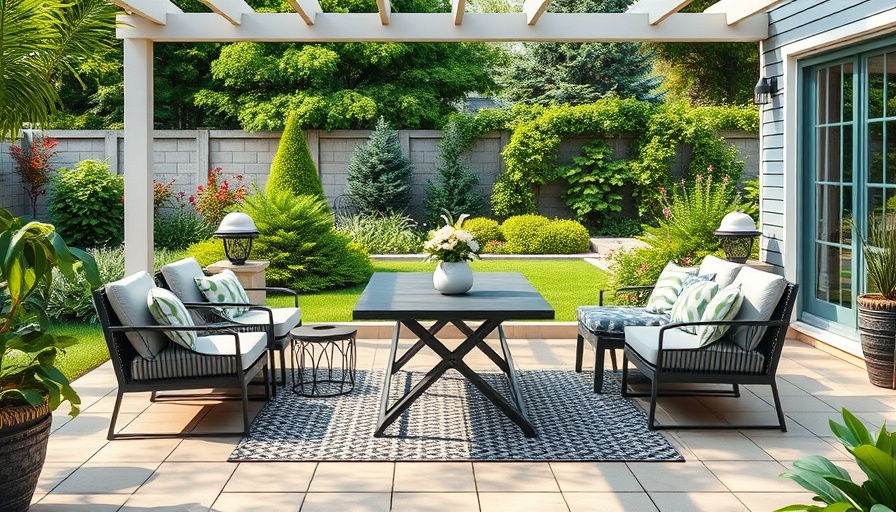
Transforming a Dismal Yard into a Vibrant Family Garden
Emma faced a common yet daunting challenge: a bare backyard in need of transformation. As a new homeowner and mom on maternity leave with her little boy, Thomas, she felt trapped in her home, longing for a safe outdoor space where her family could enjoy quality time together. With a dirt yard devoid of charm, Emma reached out for help to turn her lifeless outdoor environment into a flourishing family-friendly garden.
In 'Bare Backyard To Family Friendly Garden | Great Home Ideas', we explore the journey of transforming an empty yard into a vibrant family-friendly space, leading us to delve deeper into the essentials of garden design and maintenance.
The Vision for a Family-Friendly Oasis
The renovation project kicked off with a vision—creating an inviting outdoor space for gatherings, play, and relaxation. The plan included a deck for outdoor entertaining, a boardwalk leading to different zones of the garden, and beautiful plants that could withstand the elements. Each element was designed to make this new garden not just aesthetically pleasing but also functional for Emma and her family.
Building Strong Foundations: Decking and Boardwalks
Construction began with preparing the deck, which called for staining the treated pine wood. The deck became the centerpiece for gatherings, allowing friends and family to come together. Alongside it, a boardwalk was constructed, providing accessibility while adding visual appeal. It’s essential in garden design to consider the layout and flow of a space, ensuring that each section serves a purpose while looking harmonious.
Choosing the Right Plants: Health and Beauty
One of the most exciting stages of the transformation was selecting plants. The goal was to infuse life into the garden while ensuring easy maintenance. This is where Emma’s knowledge would grow alongside her garden. By opting for plants like a compact magnolia and the Emerald Queen fishbone plant, she created a striking contrast of colors and textures. Insights into soil health and the importance of mulching play a huge role in the longevity and beauty of garden plants.
Incorporating Functional Features
Beyond aesthetics, the garden needed practical elements, such as plants that could bloom annually while withstanding local climate conditions. Features like container gardening for herbs added a personal touch—an edible garden where fresh ingredients could grow right at home! The importance of organic gardening practices became evident, as they not only enhance soil health but also contribute to the overall ecosystem.
Lighting: Transforming Evenings Into Magical Moments
As day turns into night, the ambiance of any garden can drastically change. Emma's garden concluded with the addition of garden lighting, a feature that highlights the landscape and extends the outdoor experience into the evening. String lights not only illuminate paths but also create picturesque moments perfect for family gatherings.
Creating Your Own Backyard Paradise: The Takeaway
Emma's garden journey illustrates that with thoughtful planning and the right resources, transforming a bare yard into a stunning sanctuary is possible. The key takeaways for anyone looking to revamp their outdoor space include understanding your needs, investing in hardy plants, utilizing space strategically, and embracing the opportunity to learn along the way.
A successful garden reflects not just your lifestyle, but enhances it. Emma and her family now have a space where they can create memories, celebrate milestones, and enjoy the beauty of nature—all at their doorstep.
Are you ready to take on your own garden project? Whether it’s small changes or a complete overhaul, remember that the journey starts with a single step—or a single plant!
 Add Row
Add Row  Add
Add 




Write A Comment